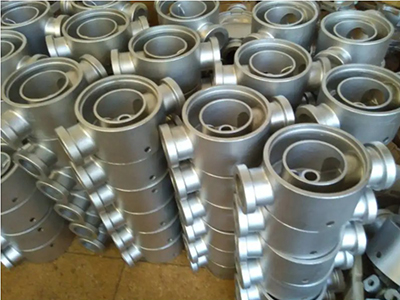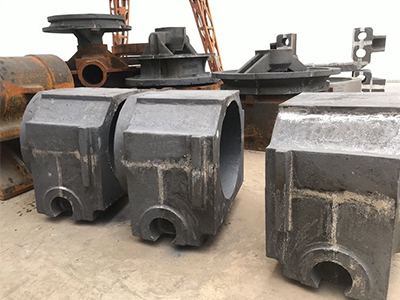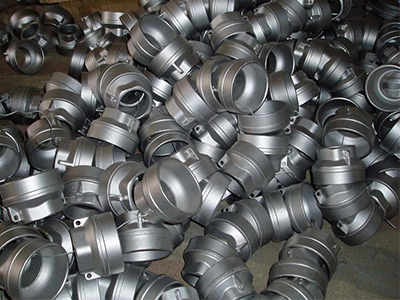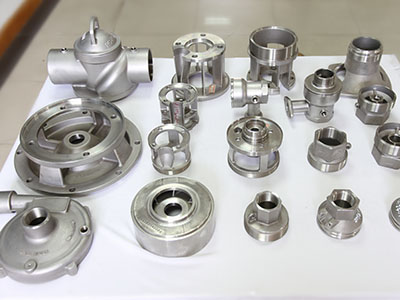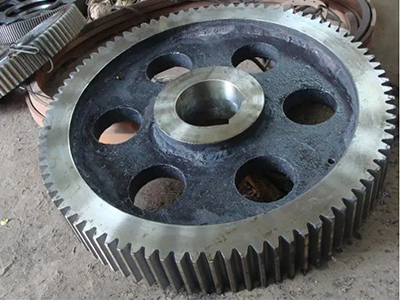- What should be paid attention to when casting machine parts
- The processing technology of stainless steel precision casting
- Steel die casting process
- Heat treatment method of cast Iron platform Ductile iron
- How to cool the investment casting quickly?
- Why should the quality of steel casting pay attention to good molds
- What are the advantages of lost foam casting
- What needs to be done before delivery of large steel castings?
- The role of heat resistance in cast steel parts
- How is the big gear wheel casting best
- Call : +86 13390692151
- sale@kfqizhongji.com
-
Room 1, No. 21, Chaoying East Road, Zhoushi,
Kunshan City, Jiangsu Province, China
Is there any way to remedy the cracks on the surface of castings?
1. Casting structure.
In casting, the factors affecting liquid and solid shrinkage, such as structure, shape, large size, wall thickness and transition, should be taken into account, and appropriate process parameters should be selected to prevent casting defects such as shrinkage and porosity. The design of the gating and riser system of the casting should be reasonable. If the cold iron and other technological measures are to be adopted, the position of the riser should be reasonable, which should not only ensure the compactness of the internal structure of the casting, but also avoid the occurrence of stress concentration as far as possible.
2. Smelting.
In the smelting process, the contents of harmful elements such as P and S, N, H, O and other gases and inclusions should be reduced as much as possible. Good results can be achieved by using low phosphorus steel master alloy.
3. Heat preservation.
By properly prolonging the holding time of the casting in the sand mold, it is mainly to control the opening temperature below 70 ℃ to ensure that the casting can fully complete the liquid and solid shrinkage in the sand mold and avoid the occurrence of stress concentration caused by external forces.
4. Shakeout.
In the process of sanding and cleaning of castings, it is strictly forbidden to water sand moulds and castings when beating boxes, and to avoid cracks caused by the interaction between external forces and internal stresses of castings.
5. Cutting riser.
The appropriate hot cutting gate riser process is selected according to the casting conditions to ensure that the initial temperature of hot cutting is not lower than 300 ℃. During the operation, the gas cutting gun and the oxygen blowing tube are cut by vibration. Cover the compartment with asbestos cloth or enter the furnace for heat treatment in time after gas cutting. Secondary hot cutting is used for castings with complex structure and special technological measures, such as upper crown and axial flow blades.
